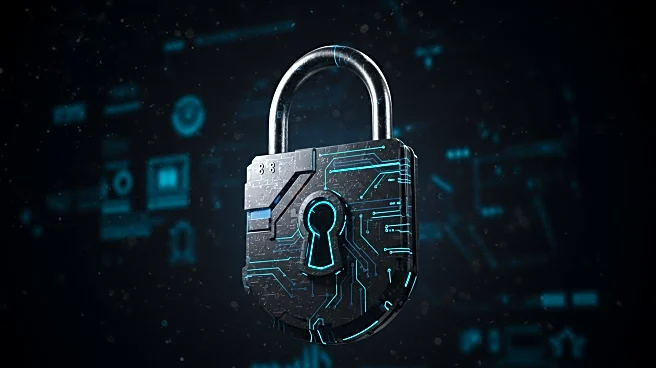Rapid Read • 8 min read
The Cybersecurity and Infrastructure Security Agency (CISA) is inviting public feedback on its updated guidance for the Software Bill of Materials (SBOM). This guidance builds upon the 2021 NTIA SBOM Minimum Elements and reflects advancements in supply chain security and software transparency. SBOMs are crucial for organizations as they provide a detailed inventory of software components, enabling the identification of vulnerabilities and informed decision-making regarding software deployment. The updated guidance emphasizes the need for machine-processable formats to support scalable implementation and integration into cybersecurity practices. It categorizes the minimum elements into data fields, automation support, and practices and processes, detailing the necessary information for tracking software components and mapping them to vulnerability databases. The guidance also highlights the importance of automation in managing software components at scale, with widely used data formats like SPDX and CycloneDX being recommended.
AD
The updated SBOM guidance is significant as it aims to enhance software transparency and security across both public and private sectors. By providing a structured approach to managing software components, organizations can better assess risks and improve their cybersecurity posture. The emphasis on machine-processable formats and automation support is crucial for handling the complexity and scale of modern software ecosystems. This initiative is expected to drive the adoption of SBOMs, thereby increasing the overall security of software supply chains. Stakeholders, including software producers and users, stand to benefit from improved risk management and vulnerability identification, potentially reducing the impact of cyber threats.
CISA has opened a public comment period for the updated SBOM guidance, allowing interested parties to provide feedback until October 3, 2025. This period offers an opportunity for stakeholders to influence the final version of the guidance, ensuring it meets the needs of diverse organizations. As technology evolves, the SBOM minimum elements are expected to adapt, providing ongoing transparency into software components. Organizations are encouraged to integrate SBOMs into their software development life cycles and address these elements in policies and contracts. The feedback process may lead to further refinements in the guidance, aligning it with emerging use cases and technological advancements.
AD
More Stories You Might Enjoy










